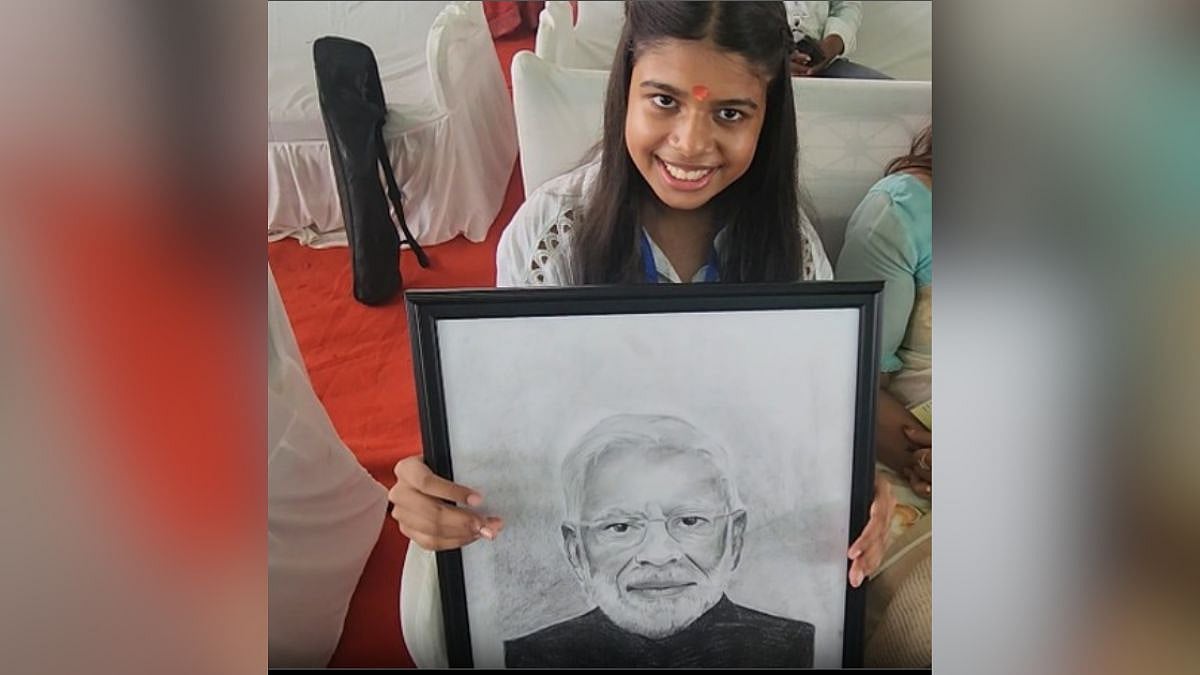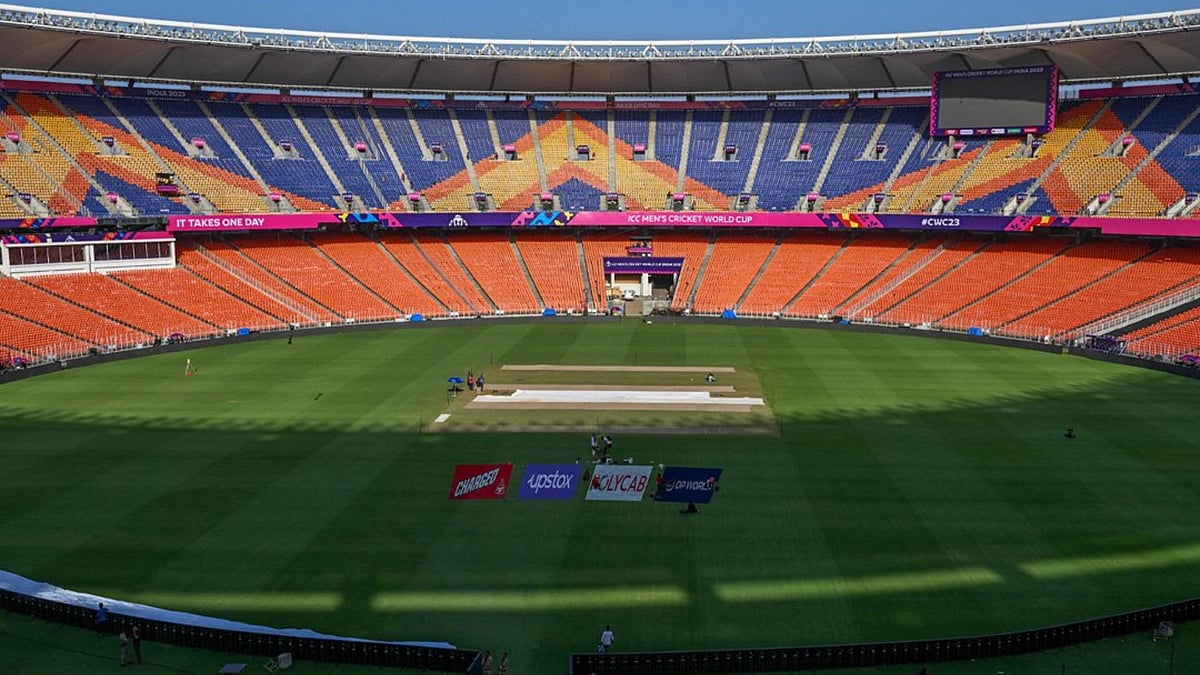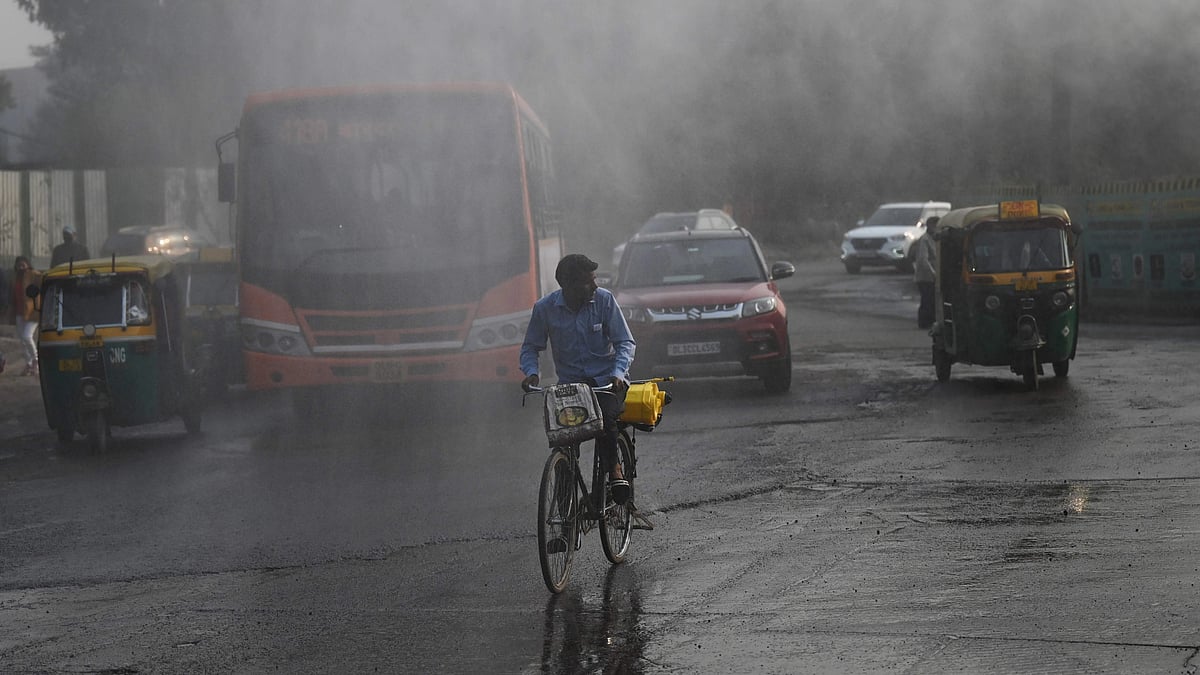2020 will always be the year of the pandemic. A lot has changed in the last 10 months. Most parts of the world have experienced varying periods of lockdown. Lifestyles have altered. Ubiquitous connectivity has ensured that while physical contact has been limited to those in the immediate vicinity, almost everyone has remained connected to one another through mobile phones and the internet. Although economic activity had fallen substantially in the first few months of the pandemic, it is rapidly returning to pre-Covid levels. Many people are working from home, students are studying online and physical activity has been severely restricted. Hospitality, travel, restaurants and organised retail are the worst sufferers. The media and entertainment business too are witnessing a digital moment.
In the past few months, almost all of us have spent more time before a TV, computer or mobile phone screen. Zoom calls, WebEx video conferences, virtual meets and video chats have become the new norm. Amidst several reruns across channels and watching news (or what masquerades as news) many of us are catching up on new programming on one of the dozen-odd streaming platforms. Of course, avid cinegoers are missing their regular cinema visits. Some of us who are fond of plays and concerts are getting our fix via virtual concerts. As we gradually and grudgingly begin our usual routines, will entertainment return to its earlier magic? Indeed, but a lot more online.
Though people are now up and about in large numbers, yet most of us are staying indoors, except for emergency outings. Obviously, we are spending more time keeping ourselves informed and entertained. There’s a paradigm shift from analogue to digital. Newspapers are read as much online as in print. Streaming services like Netflix, Amazon Prime. Disney Hotstar, Zee 5, Sony Liv, Hoichoi etc. have seen a 50 per cent spike in viewership. In the last 34 months, several new series have debuted on these new streaming (OTT) platforms even as old television favourites like Big Boss, KBC and music contests continue to attract large audiences. Although the spectre of regulation looms large on digital content, for the time being, Indians are enjoying their dose of realistic, often violent and bold drama on OTT. The recently concluded IPL attracted more viewers than ever before.
Interestingly, in the last 12 weeks, a dozen odd films, including Dil Bechara, Sadak 2, Gulabo Sitabo , Shakuntala Devi, Khali Peeli, Raat Akeli Hai, Serious Men, Chhalaang and Laxmii have premiered on streaming platforms. Millions have watched these films and some have proved popular as well, getting released directly on digital platforms without waiting for cinemas to open. There is an ongoing debate between cinema-owners and producers over whether this is a breach of business protocol.
To put this in the right perspective, let's understand some ground realities. Last year, India produced 1,800 films, of which only 600 had a theatrical release. Most others struggled to get viewership on TV or online. With only 9,000 screens, India is hugely 'under-screened', compared to the 60,000 in China and 40,000 in the US. Logically, not more than six films should be released every week in cinemas. On the other hand, big-budget films, or even some smaller eclectic movies, do need to be viewed on the large screen. For such films, the streaming platforms are a godsend.
In the next few months, this sabre-rattling will give way to the same uneasy equilibrium as before. The top 100 films (in all languages) will garner maximum eyeballs and revenue share. Another 200-odd films will get a patchy theatrical release, with some getting as few as one or two shows a day. Earlier, the only possible source for these filmmakers was to try and sell to one of the satellite channels or for the past two years, to streaming platforms. Since one does not, thank god for small mercies, require a licence to make a film, India has been overproducing movies, far beyond what can be consumed both financially and timewise. Multiplex owners actually need the top 50 films to shore up their balance sheet, so ultimately, they too will have enough content once people start stepping out more.
In the years to come, only select films will be released in theatres - those which need a shared cathartic experience in a darkened auditorium. These films will either be epics or what Hollywood calls 'event' films. Spectacular, superhero films with all the bells and whistles like Imax, Atmos sound and other sensory thrills. Some big-starrers, action, adventure or drama films will also become big-screen specials. In due course, a visit to the cinema will become a special outing.
A trend which is irreversible is the commissioning of straight-to-digital films by large streaming services like Netflix, Amazon, Hotstar, Zee 5 and Jio. These films will have smaller budgets and arguably, some diverse content. One thing is certain: Budgets will have to come down for both films and broadcast TV. Advertising revenue is shifting fast from analogue media to digital. Social distancing and other precautionary measures have now become necessary in the post-Covid world, which means reducing crowding in film and TV studios. This will mean leaner crews and the end of the entourage economy perpetrated by the stars.
Elaborate health precautions and sanitisation regimes are now mandatory for studios and cinemas alike. Most of the marketing will shift to online promotion and Digital Out-of-Home (DOOH), reducing the extensive marketing budgets to more manageable ones. Start-to-finish filming in a sanitised location will be preferred.
Films are the fountainhead of all other forms of modern entertainment. The larger-than-life stars, the glamour and glitz of showbiz make cinema perennial. The formats change, technology changes, the screen sizes change but storytelling never goes out of vogue. By next year-end, the film industry will be back, with its 10 per cent CAGR.
The writer is a filmmaker and media guru.









